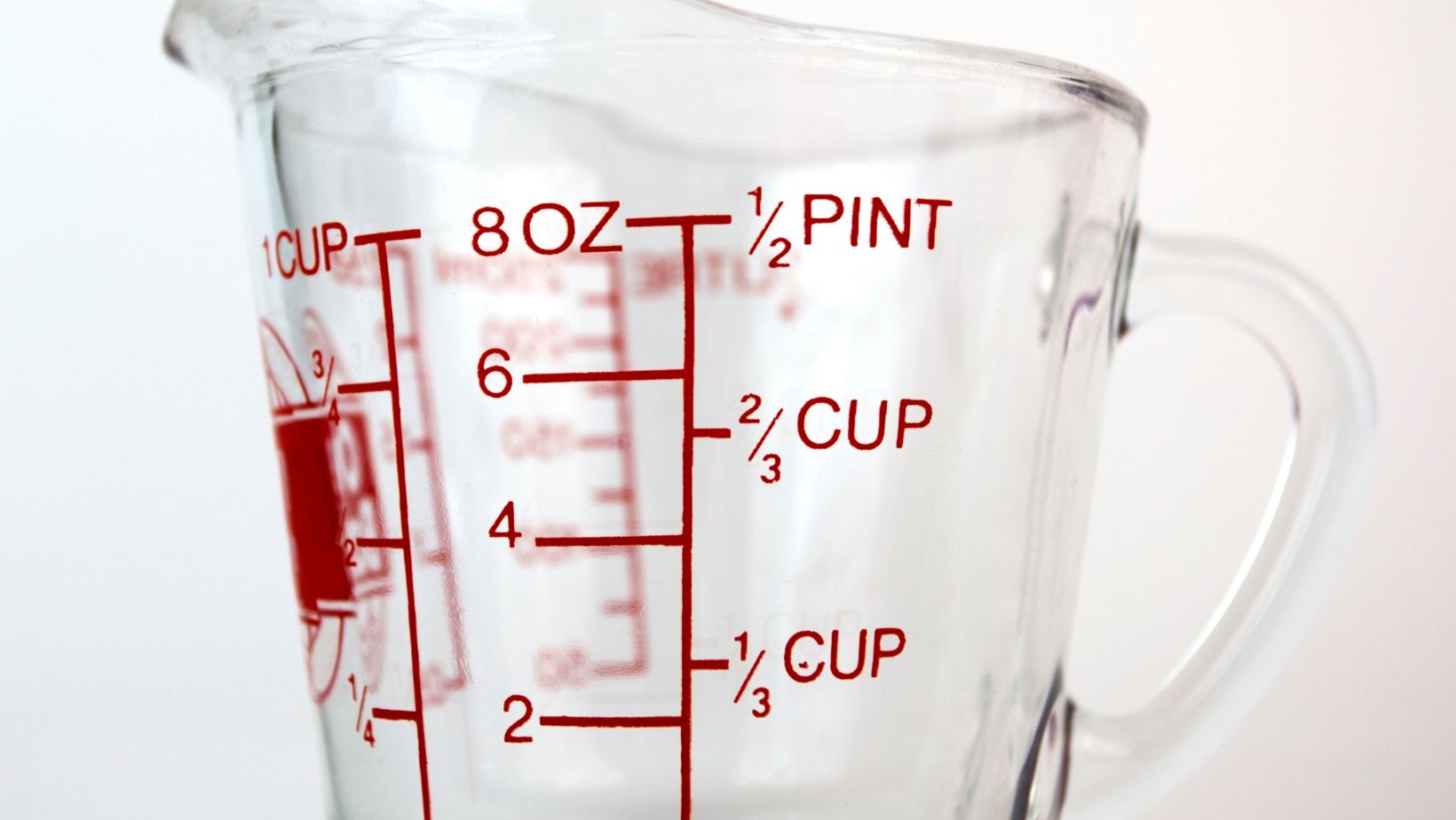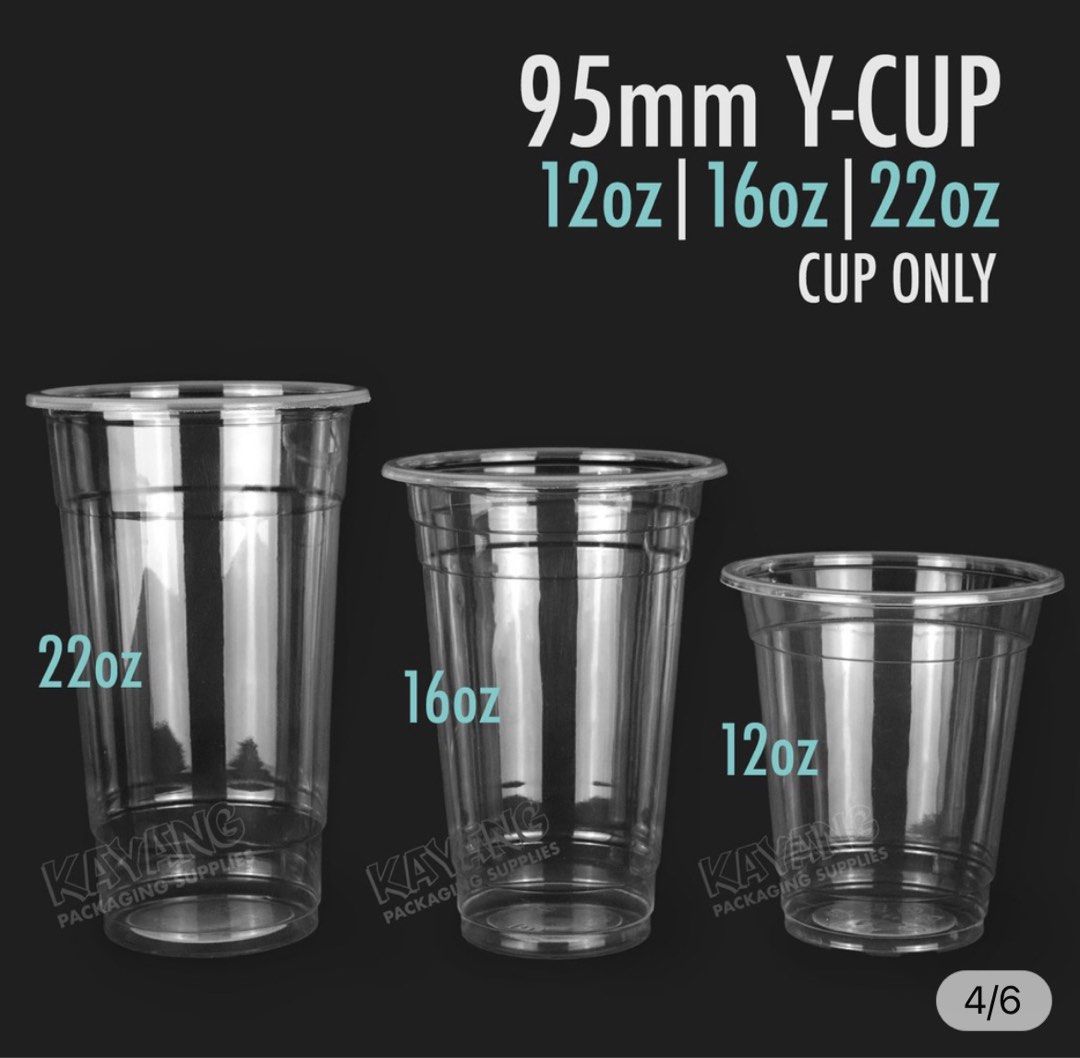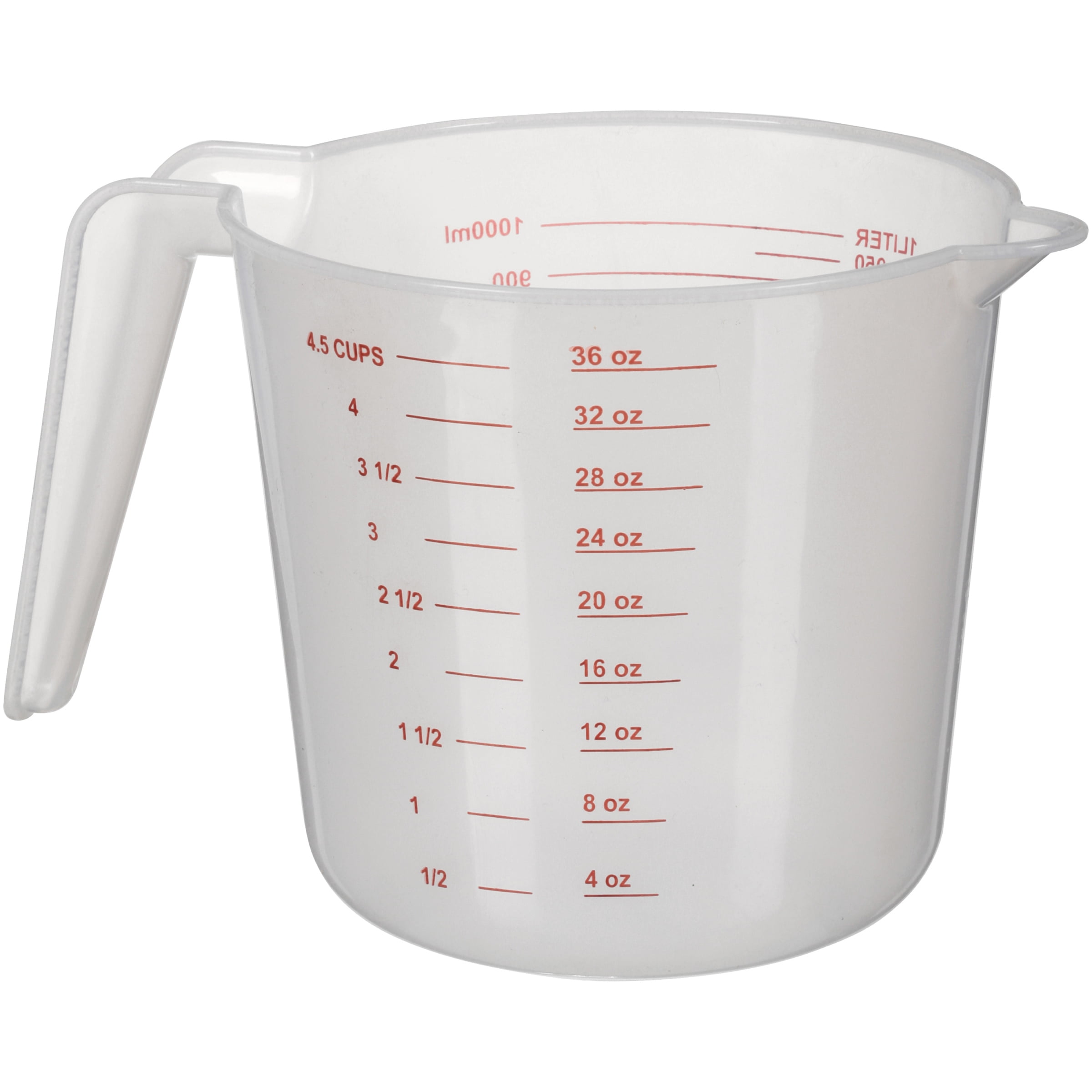Master 3/4 Cup Measurements: Your Cooking Guide!
Does precision in your kitchen feel elusive, often leading to inconsistent results? The key to culinary excellence lies in accurate measurements, and mastering the 3/4 cup measurement is a fundamental skill for every aspiring chef, ensuring that every dish is a masterpiece of flavor and texture.
From the simplest of recipes to the most complex culinary creations, precision is paramount. This article aims to provide a comprehensive guide to mastering the 3/4 cup measurement, offering insights, tips, and techniques to elevate your cooking and baking prowess. Whether youre a seasoned professional or just starting your culinary journey, this resource is designed to refine your skills and transform your approach to cooking.
The art of measurement in cooking and baking transcends mere adherence to a recipe; its about ensuring that the final product reflects the intended flavors, textures, and overall quality. The 3/4 cup measurement is a frequent presence in many recipes, and understanding how to execute it correctly is essential for success in the kitchen.
- Lena The Plug Jason Luv New Video Breaks The Internet
- Discover Feliz Jueves Bendiciones Embrace Blessings Positivity
In the realm of baking, where chemistry plays a critical role, even minor variances in measurements can significantly affect the structure and taste of your baked goods. Consequently, the mastery of the 3/4 cup measurement is not solely about following instructionsit's about guaranteeing the success and excellence of your culinary endeavors.
To measure 3/4 cups precisely, it is crucial to have the right tools at your disposal. Below, we explore the tools that aid in achieving accurate measurements:
Measuring Cups: The Foundation of Accuracy
- Lisa Fengma Show The Kpop Stars Inspiring Journey Success Story
- Tiktok Wallpapers Trends Tips Designs For Your Phone
Measuring cups are the most reliable instruments for measuring both dry and liquid ingredients. These cups come in a variety of sizes, including 1/4 cup, 1/3 cup, 1/2 cup, and, crucially, 3/4 cup. Utilizing a dedicated 3/4 cup measuring tool represents the simplest method for obtaining the exact quantity required in your recipe.
Kitchen Scales: Precision Through Weight
A kitchen scale presents an alternative approach to measuring ingredients by weight. This method is especially beneficial for recipes that demand exactness, such as baking. Familiarizing yourself with the weight equivalents of 3/4 cups for various ingredients will enhance your ability to measure them with accuracy.
Estimation with Spoons: A Handy Backup
In circumstances where you lack access to a measuring cup or scale, you can resort to tablespoons or teaspoons to estimate 3/4 cups. While this technique may not provide the same level of precision, it serves as a practical solution in emergencies.
Now that the significance of accurate measurements and the necessary tools are understood, let's proceed with a detailed guide on how to measure 3/4 cups:
- Identify the Ingredient: Determine whether you're measuring a dry or liquid ingredient, as this will influence the method you employ.
- Select the Appropriate Tool: Choose a measuring cup, scale, or spoon based on your available tools and the ingredient you're working with.
- Measure with Precision: Follow the specific instructions for your chosen tool to ensure accuracy in your measurements.
Recipes frequently include various interpretations of the 3/4 cup measurement, such as 3/4 cup of flour, sugar, or milk. It's essential to recognize the variances in weight and volume for these ingredients to ensure precise measurements.
3/4 Cup of Flour: A Baking Essential
Flour is a cornerstone of baking, and measuring 3/4 cup of flour correctly can greatly influence the texture of your baked goods. Generally, one cup of all-purpose flour weighs approximately 120 grams, meaning 3/4 cup would weigh around 90 grams. This is a good starting point, but it's always best to weigh your flour for ultimate precision, especially in recipes where the ratio of flour to other ingredients is critical.
3/4 Cup of Sugar: Sweetness in Perfect Proportion
Sugar, being denser than flour, requires careful measurement. Granulated sugar typically weighs about 150 grams per 3/4 cup. It's important to note that different types of sugar, such as brown sugar (which is often packed) or powdered sugar (which can compress), will have different weights for the same volume. Therefore, consider the type of sugar when converting cup measurements to weight.
3/4 Cup of Milk: Liquid Precision
For liquid ingredients like milk, the use of a liquid measuring cup is highly recommended. Pour the milk into the measuring cup until it reaches the 3/4 cup mark, ensuring accuracy in your measurement. Be sure to hold the measuring cup at eye level to accurately assess the fill line, avoiding parallax error. Liquid measuring cups are designed to be read at the level of the liquid itself, whereas dry measuring cups are often read from the top, which can introduce measurement errors.
Here are some additional tips to help you measure 3/4 cups with precision:
- Level off dry ingredients with a knife to maintain consistency in measurement.
- Opt for a clear liquid measuring cup to enhance visibility when measuring liquids.
- Regularly calibrate your kitchen scale to ensure its accuracy over time.
Errors in measurement can result in unsatisfactory outcomes in your cooking and baking. Below are some common errors to steer clear of:
Overpacking Ingredients
Overpacking dry ingredients, such as flour or sugar, can result in an excess of the ingredient being used, negatively impacting the final product. When measuring dry ingredients, especially flour, spoon the flour into your measuring cup and level it off with a straight edge, like a knife. Avoid scooping the measuring cup directly into the bag of flour, as this can compress the flour and lead to inaccurate measurements.
Underfilling Measuring Cups
Conversely, underfilling measuring cups can lead to insufficient ingredients, which may also compromise the quality of your dish. This is often less of a problem than overpacking, but it's still important to be mindful of. When measuring liquids, ensure you're reading the measurement at eye level. For dry ingredients, make sure the cup is filled to the appropriate level.
Using the Wrong Tools
Using inappropriate tools, such as measuring dry ingredients with a liquid measuring cup, can lead to inaccurate measurements. Always use the correct tool for the task at hand. For instance, using a liquid measuring cup to measure flour will likely result in less accurate measurement than using a dry measuring cup, due to the different shapes and measurement markings.
Understanding how to convert 3/4 cups to other units can be invaluable, particularly when working with recipes from different regions. Below are some common conversions:
- 3/4 cup equals 12 tablespoons.
- 3/4 cup equals 6 fluid ounces.
- 3/4 cup equals approximately 177 milliliters.
Many beloved recipes call for 3/4 cups of various ingredients. Below are a few examples:
Classic Pancake Recipe
This timeless pancake recipe requires 3/4 cup of all-purpose flour, among other ingredients. Accurate measurement ensures light, fluffy, and delectable pancakes every time. The proportion of flour to liquid, such as milk or buttermilk, is critical in achieving the correct batter consistency.
Homemade Brownies
Brownies often demand 3/4 cup of sugar. Measuring this amount correctly contributes to the ideal balance of sweetness in your brownies. The type of sugar and the precision with which its measured can also influence the texture of the brownies for example, using packed brown sugar versus granulated sugar.
Refreshing Smoothie Recipe
For a revitalizing smoothie, you might need 3/4 cup of milk or yogurt. Precise measurement guarantees a creamy and gratifying drink. The amount of liquid in a smoothie will determine its thickness and consistency, which makes accurate measurement of liquids essential for a pleasant result.
Professional chefs and bakers emphasize that mastering measurements is one of the most critical skills in cooking. Many experts recommend investing in high-quality measuring tools and practicing regularly to enhance accuracy.
Staying updated on the latest techniques and tools in the culinary world can enrich your cooking experience. Exploring cookbooks, watching cooking shows, and attending workshops can provide valuable insights and inspiration for your culinary journey.
- Unveiling Samantha The Oracle Llc Your Guide To Spiritual Insights
- Halloween Veggie Tray Spooky Healthy Snack Ideas

How Many 1/4 Cups to Make 2/3 Cups? Conversion Guide

Plastic Cups Coffee Cups Coffee Shop Y Cups With Lid 12oz

Measuring Cups